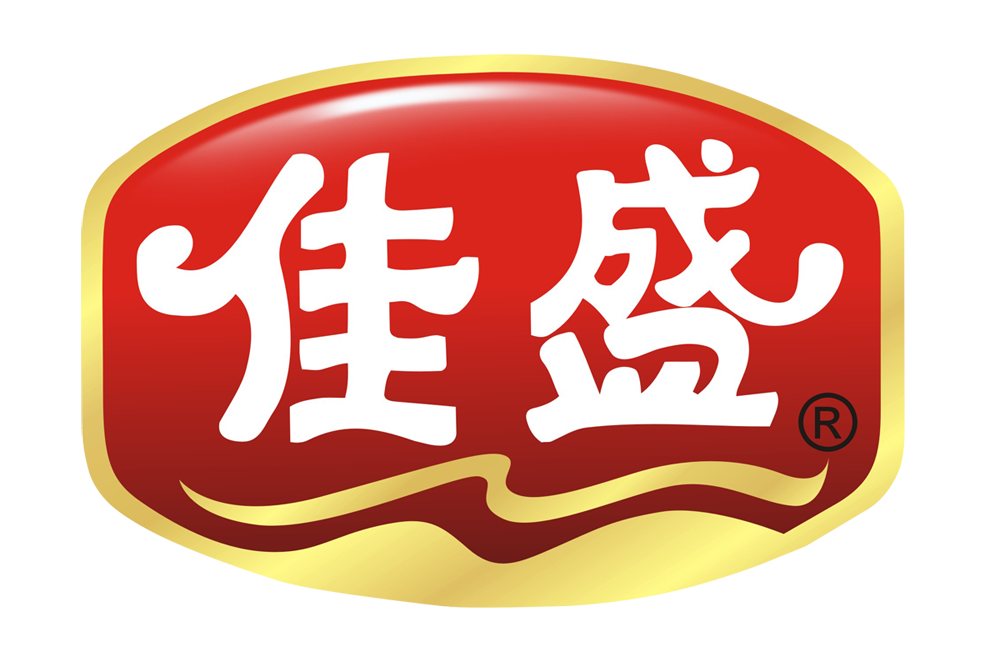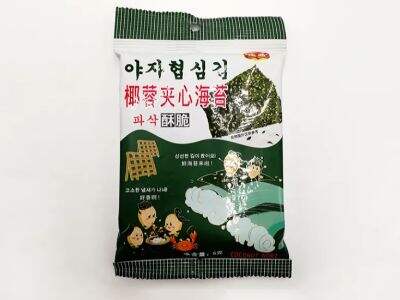Nori: An Amazing Japanese Seaweed Snack That Everyone Eats Quick, who decides how much nori costs? A big part of why has to do with the conditions ocean farming are like. The following segment reviews how ocean factors can influence the price of bulk Nori Seaweed.
How do nutrient levels translate into bulk nori pricing?
It is the food of plants and seaweed and etc. To grow healthy and strong, nori requires certain nutrients. It can be more difficult for nori to grow well if the nutrient levels in the ocean are low. Lower nori Seaweed Snack yields are also probable, which could in turn influence the prices of bulk nori. Farmers may need to spend more money on fertilizers and supplements because of these significant nutrients the ocean is not providing them.
Effect of Weather Patterns on Bulk Nori Farming Price
Ocean farming is a function of weather. High winds and storms can destroy nori farms, decreasing production. Also, this leads to an increase in the price of bulk nori because farmers will have to do some catching up when their crops are damaged. Alternatively, for nori to grow quickly and optimally, it needs calm and sunny weather which brings with it extensive yields at cheaper prices.
The Seasonal Nature of Ocean Farming and Bulk Nori Prices
As with the growing cycles of fruits and vegetables, some nori is more easily cloud grown at different times of year. Maybe the water temperatures and sunlight are just perfect for nori to grow that time of year. This in turn can lead to an abundance of nori and the pricing for bulk nori Other Seafood might drop. However, when the conditions are bad as in off-seasons price of nori can shoot up due to lower supply.
Role of Water Quality in Bulk Nori Pricing Explained
Nori grows very well in high quality water. A healthy nori crop requires 1.5 to 2 years of clean, clear water with the correct pH and salinity to grow. Also, tall stakes with horizontal string are expensive and maintaining good water quality may cost a farmer additional investment in either water treatment systems or testing on a regular bases; all costs that factor into the total equation for commercially viable bulk nori production and price.
Impact of Sustainability Practices on Bulk Nori Market Trends
Even in the farming business where sustainable lifestyle is what matters now, nori production is also part of it. Further, if sustainable practices are used to both provide a high quality product and encourage profitability within the industry which also has significant adverse externalities on the global feedstock, prices for bulk nori could be positively affected. To some extent this can be mitigated by penalties for errant companies, but consumers are likely to prefer paying a bit more if they know it comes from a sustainable and ethical source. The more that land-based farmer partners start adopting sustainable farming practices means there is a better opportunity for nori product sales trends to shift toward an environmentally safer and responsibly-sourced product.




